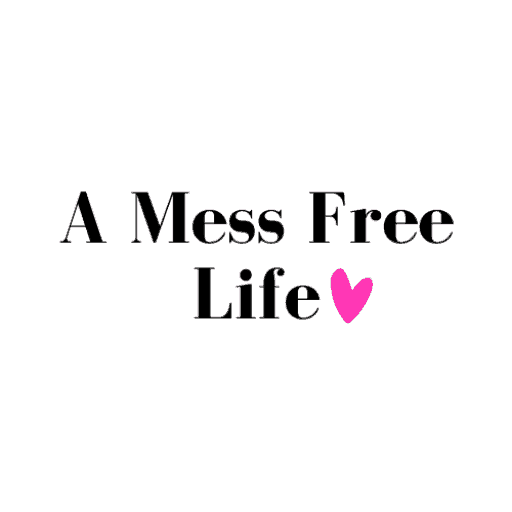A Mess Free Life may collect a share of sales or other compensation from the links on this page.
Most Americans with credit cards carry debt from month to month — whether it’s $50, $500 or $5,000. Getting a handle on credit card balances in particular tends to be challenging because interest rates can be 15 percent or higher. It also compounds, meaning both the balance and any previously accrued interest in turn rack up more interest.
If you’re one of the many Americans currently scratching your head — wondering how you’re going to pay down what you owe on credit cards — rest assured you’re in good company. Let’s take a closer look at how Americans pay down their credit card debt, and what options cardholders have when regular repayment isn’t making enough of a dent.
Common Strategies for Paying Down Credit Cards
According to a recent CreditCards.com report, here’s how U.S. adults tackle their credit card debt:
- Pay more than the minimum balance due (60 percent)
- Sign up for a balance transfer credit card (13 percent)
- Pay only the minimum amount due (13 percent)
- Ask their card issuer for a break (7 percent)
- Take out a personal loan (6 percent)
- Meet with a credit counselor (5 percent)
- Get on an installment plan (5 percent)
- Pay nothing (9 percent)
- Currently lack a plan (4 percent)
It’s encouraging to see a majority of Americans doing what they can to pay more than the minimum, which is typically a small flat fee or a small percentage of the total balance. Yes, making the minimum payment does help cardholders avoid late fees and penalty APR rates, but it can also extend the life of the debt by months or years — tacking on hundreds or even thousands of extra dollars in interest.
Addressing Problem Credit Card Debt
The first step for those looking to address persistent credit card debt is updating your budget, including the latest figures on all your credit card balances. Look for opportunities to reduce spending, then devote those extra dollars to debt repayment using a strategy like debt snowballing (prioritizing balances from smallest to largest) or debt avalanching (prioritizing balances from highest interest to lowest).
If do-it-yourself debt repayment is starting to feel like trying to reach a destination while running on a treadmill, it’s time to explore debt relief options. Meeting with a credit counselor is usually free, and these trained professionals can offer you tailored insights into your financial situation — as well as enroll you in a debt management plan (DMP) if prudent. DMPs involve allowing a credit-counseling agency to collect monthly payments from you and pass them along to creditors on your behalf for a fee. The potential upside is that you may earn a break on interest for the duration of the program.
Consumers falling behind on minimum payments due to financial hardship may be eligible for debt settlement through a program like Freedom Debt Relief. Make sure you can commit to making timely monthly payments until you’ve saved up enough money to start negotiating with creditors for lower settlements, though; missing payments will likely land you in a worse financial position than before you started. Do your research before committing to any type of program, be it settlement or management.
As a small percentage of survey respondents answered above, taking out a personal loan is also a potential debt consolidation option — generally for consumers with strong credit scores. The possible advantage here is reducing the amount of interest you pay, not to mention streamlining multiple monthly payments into one. Crunch the numbers before applying for a loan, as sometimes you’ll actually end up paying more if the loan term is long.
As you can see, there are many approaches to paying down credit card debt. What works for one American may not work for another, so do your research and talk to the experts before forging ahead with a strategy.
